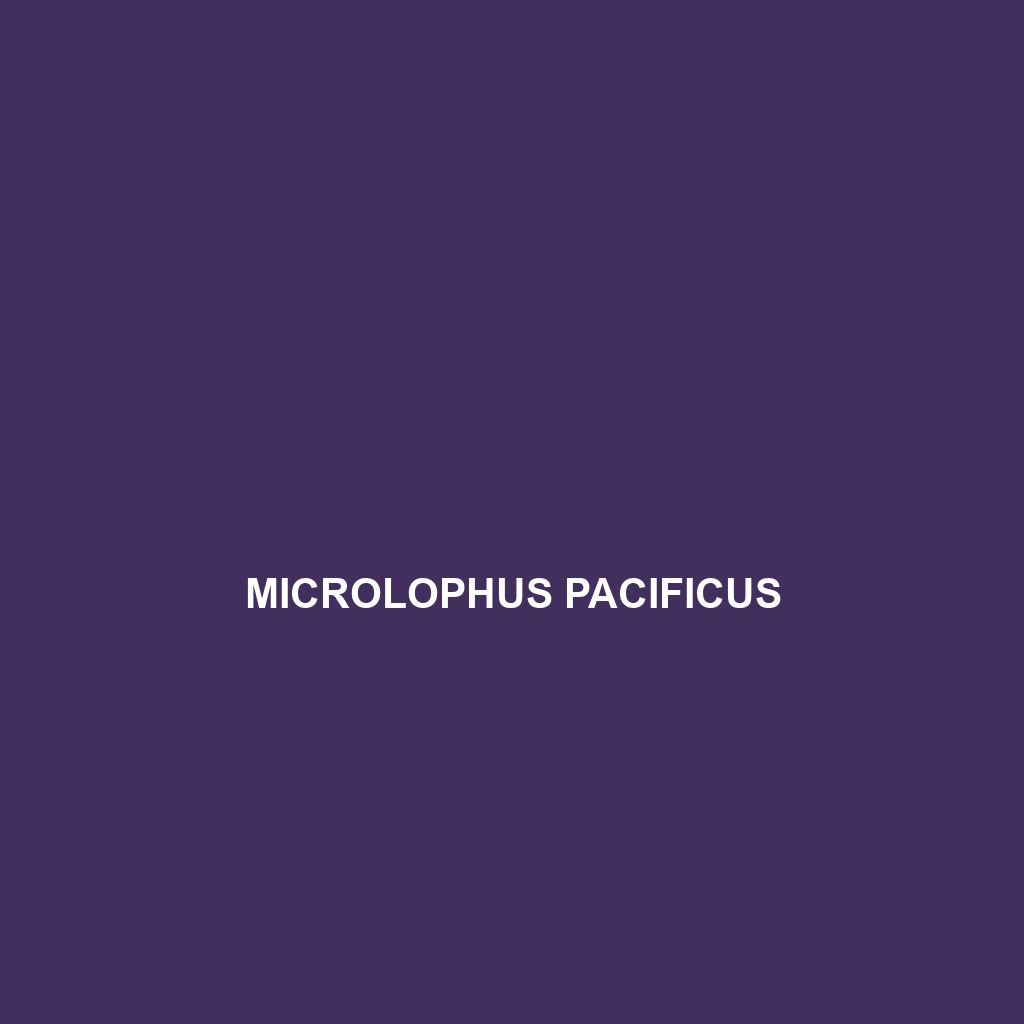Discover the fascinating Plica medemi, or Medem's lizard, a nocturnal insectivore found in the lush rainforests of South America, particularly in Colombia and Ecuador. With its distinct frilled throat flap, robust body, and ability to adapt its skin color for camouflage, this vulnerable species plays a vital role in maintaining ecological balance as both predator and prey.
Tag: social interactions in lizards
Microlophus pacificus
<p><b>Microlophus pacificus</b>, commonly known as the Pacific Galápagos lava lizard, is a resilient species found in the Galápagos Islands, thriving in volcanic and coastal habitats. Measuring 10 to 15 cm, these diurnal lizards exhibit a mosaic of earthy colors and play a vital role in their ecosystem by regulating insect populations while serving as prey for larger predators.</p>
Liolaemus variegatus
<p><b>Liolaemus variegatus</b>, a medium-sized lizard typically ranging from 15 to 30 centimeters, is known for its vibrant color patterns and adaptability in temperate forests and mountainous regions of South America. This insectivorous species exhibits unique social behaviors and plays a crucial role in maintaining ecological balance by controlling insect populations while serving as a food source for larger predators.</p>
Egernia napoleonis
<p><b>Egernia napoleonis</b>, or Napoleon's skink, is a fascinating lizard endemic to southeastern Australia, thriving in temperate forests with humid microhabitats. Known for its robust body and social behavior, this insectivorous species plays a vital role in its ecosystem by controlling insect populations and contributing to soil health.</p>



